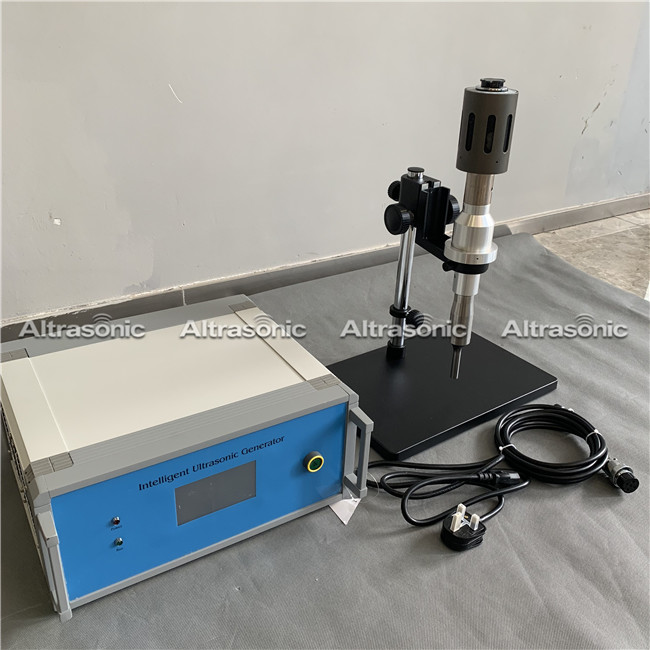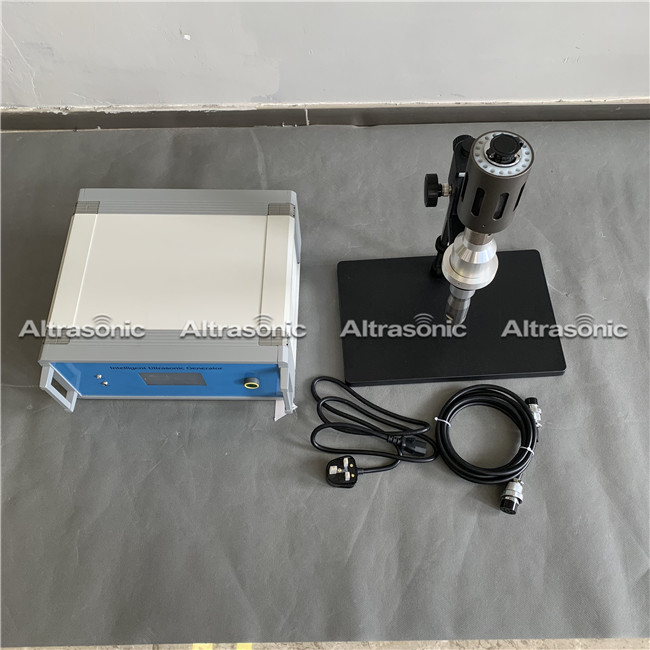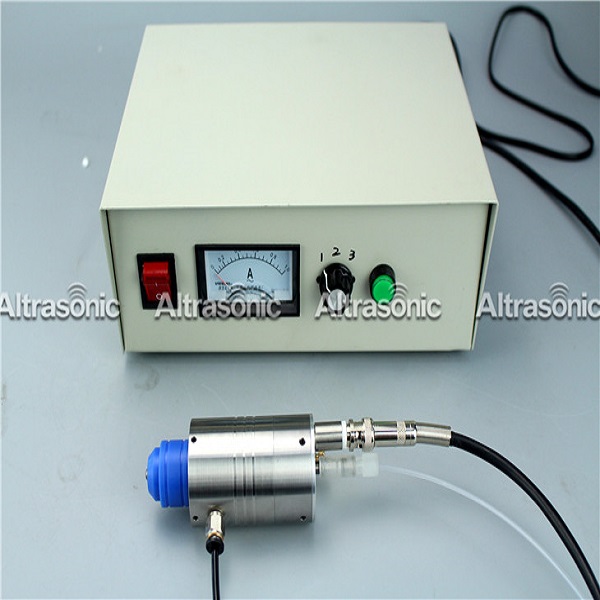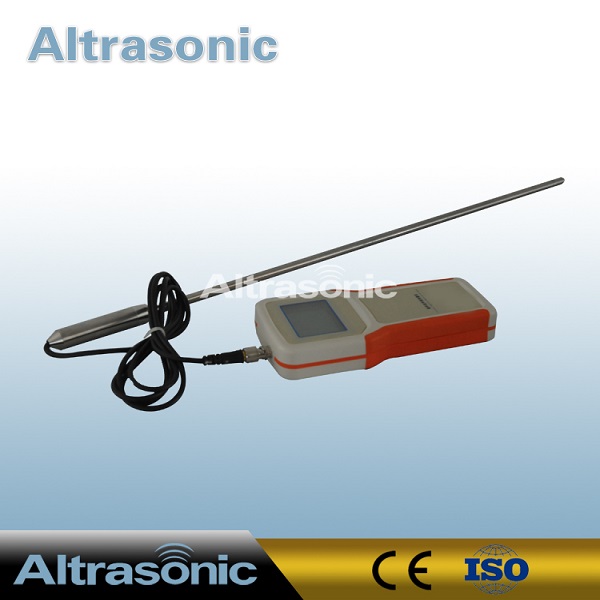

Principle introduction: When ultrasonic waves propagate in liquid media, they produce a series of effects such as mechanics, heat, optics, electricity and chemistry through mechanical action, cavitation action and thermal action. In particular, high-power ultrasound will produce strong cavitation, thereby forming instantaneous high temperature, high pressure, vacuum and micro jets locally. As a ph...

The so-called ultrasonic wave generally refers to the sound wave with a frequency range of 20k~10MHz, and its application power in the chemical field mainly comes from the ultrasonic cavitation effect. The cavitation effect produced by ultrasonic energy in the liquid, accompanied by strong shock waves and micro-jets with a velocity higher than 100m/s, the high-gradient shear of shock waves and mic...

Ultrasonic dispersion refers to the process of dispersing and de-agglomerating particles in the liquid through the "cavitation" effect of ultrasonic waves in the liquid using liquid as a medium. Ultrasonic technology, as a physical means and tool, can produce various extreme conditions in liquids. This phenomenon is called sonochemical effect, and related ultrasonic equipment is called ultrasonic ...

Ultrasonic sound intensity measuring instrument is a kind of equipment specially used for measuring the ultrasonic sound intensity in liquid. The so-called sound intensity is the sound power per unit area, and the size of the sound intensity directly affects the effects of ultrasonic cleaning, ultrasonic emulsification, ultrasonic extraction, and ultrasonic dispersion. When people use ultrasonic c...

Ultrasonic atomization is the use of ultrasonic energy to break up water or liquids to form tiny particles of several μm to more than 100 μm in size, which are used for humidifying air, granulating liquids, mixing, promoting chemical reactions, spraying, and metal melts. Flour milling and other purposes. The power source of the high-power ultrasonic atomization and humidification technology is a h...

Verification of sound intensity measuring instrument in traveling wave field Sound intensity is a vector indicating the strength and direction of the sound energy flow. The size of sound intensity is the sound energy of a certain point in the sound field per unit time passing through a unit area perpendicular to the direction of particle velocity. The sound intensity meas...

The high-power ultrasonic dispersion system is composed of three parts: ultrasonic vibration components, ultrasonic drive power supply and reaction kettle: ultrasonic vibration components mainly include high-power ultrasonic transducer, horn, and tool head (transmitting head), which are used to generate ultrasonic vibration. And launch this vibration energy into the liquid. The transducer converts...

Generally speaking, the ultrasonic atomizer is a piezoelectric ceramic component used for atomization and humidification, and its physical model is an emitting piezoelectric ceramic transducer. According to the needs of energy output, the two electrodes of the atomizer are generally designed to be large and one small. The large side is generally called the large silver surface (also called the sur...
Categories
New Products
© Copyright: 2024 Hangzhou Altrasonic Technology Co.,Ltd All Rights Reserved

IPv6 network supported
Scan to WhatsApp
